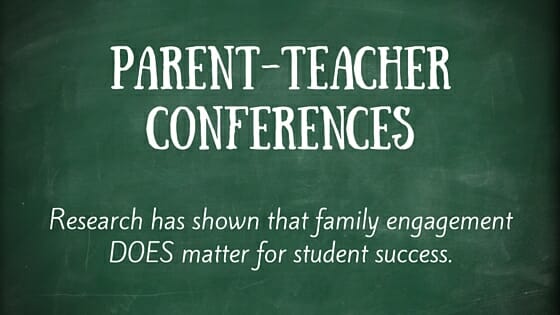As we transition into this post-inside recess/snow day and pre-holiday week, Responsive Classroom's website shares some ideas to help in ensuring continued student behavioral and academic success these next few days!
Hang in there...
What can you do to help our students stay on track during this season? An extra measure of calmness, consistency, and structure can work wonders. Here are some strategies you might want to try...
Stick to Routines
As much as you can, stick to the routines that you’ve established to shape the school day. Choose a calm greeting (such as a simple “Hello” passed around the circle) to settle the group if they seem especially bouncy coming in the door. Use seasonally-themed sharing topics to help students learn more about each other and that every student in your class can answer comfortably. For example, questions such as What do you especially love about winter?
Notice and Reinforce Success
Look for opportunities to remark on children’s success in meeting classroom expectations. By giving children genuine information about their competence, you can prevent many behavior problems.
Revisit Hopes, Dreams, and Classroom Rules
Any time children are going off track is a good time to review behavioral expectations. When planning such reviews, it’s tempting to think about what the children “should” be able to do by now (It’s December—they should know how to sit quietly for sharing!). But it’s much more productive to keep your focus on what the children can do right now and what they need from you to help them. For more ideas and resources on this topic, see Margaret Wilson’s “Revisiting Hopes and Dreams in the New Year.”
Keep Expectations High but Appropriate
Appreciate the extra energy your students may have during holidays or other exciting times and anticipate that they’ll need to expend some of that energy. Working in some talk, energizers, and movement throughout the day helps children stay calm enough to learn.
Keep the Learning Going
It’s natural for children’s behavior to veer a bit off track during exciting or stressful times. During such times, observe your students, hold them firmly but kindly to classroom expectations, and make a few simple adjustments in your teaching practice.
Let me know how I can help! And have a great week!
Sue
Sue
Mike Anderson is the author of the 3rd-, 4th-, and 5th-grade books in the What Every Teacher Needs to Know K–5 Series, as well as The Well-Balanced Teacher, and the co-author of The Research-Ready Classroom. He has fifteen years of experience teaching third, fourth, and fifth grades.
Margaret Berry Wilson is the author of several books, including: The Language of Learning, Doing Science in Morning Meeting (co-authored with Lara Webb), Interactive





